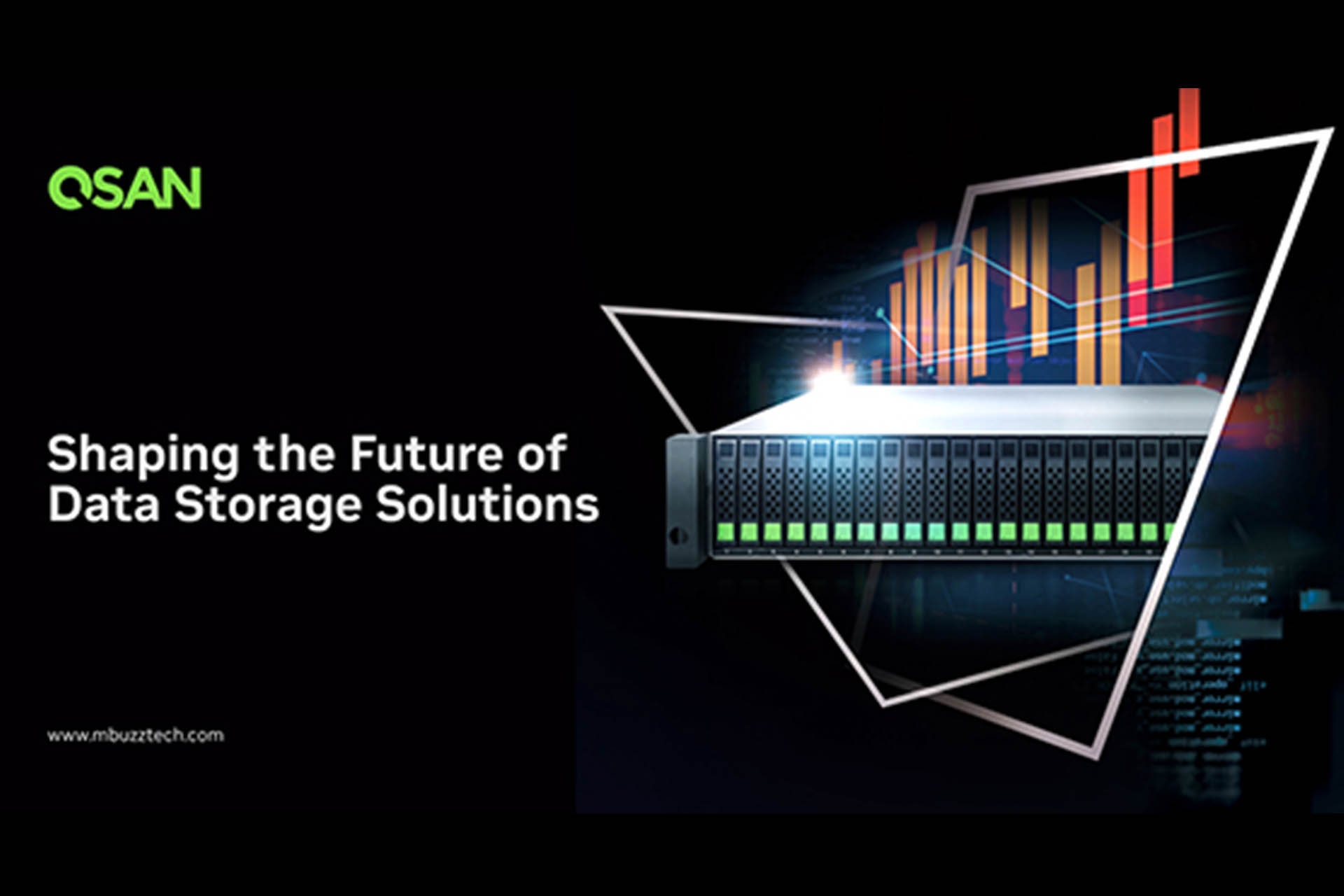MBUZZ Successfully enriched the Legacy systems of the Nargis Conglomerate Data Center with HPC Infrastructure for better functionality, scalability, and efficiency.
Problem statement:
Salam's new data center in Nargis requires a transformation into a Data Centre that would host various systems, servers, storage, and network infrastructure with reliable HPC to ensure 3Tier standard compliance of enterprises and businesses.
Salam requires a reliable high-end server infrastructure within this new Nargis Data Center that can serve multiple environments and perform best for all enterprise applications and is ready to comply with Tier 3 standards.



Solution:
MBUZZ, being the leading distributor and service provider of ICT, proposed an integrated solution that would successfully reprogram the Nargis Data Center in 4 stages:
- Phase 1: System Design and Planning
- Phase 2: System Hardware Installation
- Phase 3: Production Readiness and Acceptance
- Phase 4: Project Review and Transition to Support
Proposed component Options:
- Based on the configuration shared in the RFP, MBUZZ identified Supermicro's BigTwin SuperServer SYS-220BT-HNTR server for the Management nodes (ReadyNodes) as this is a 2U multi-node server chassis that supports up to 4x server nodes. This cost-effective server saves rack space and requires fewer power provisions on the PDUs.
- MBUZZ identified Supermicro's Hyper SuperServer SYS-120H-TNR for Compute nodes, as this, too, is an enterprise-class 1U server designed for very High-Performance Computing environments such as Virtualization, AI Interference, and Machine learning. As an HPC node, high levels of heat generation are expected, but this server model has very efficient heat dissipation with its 8x heavy-duty hot-swap fans.
The Results:
As promised, the following were the results of the Newly equipped. Datacenter at Nargis for Salam:
- Lesser deployment times.
- Logical migration of existing workloads and new requirements coverage for at least five years.
- More operational efficiency.
- More functionality, scalability, and flexibility.
- More safety.
- Adequate capacity to take peak loads for applications.
- Reduced downtime.
- By d24




